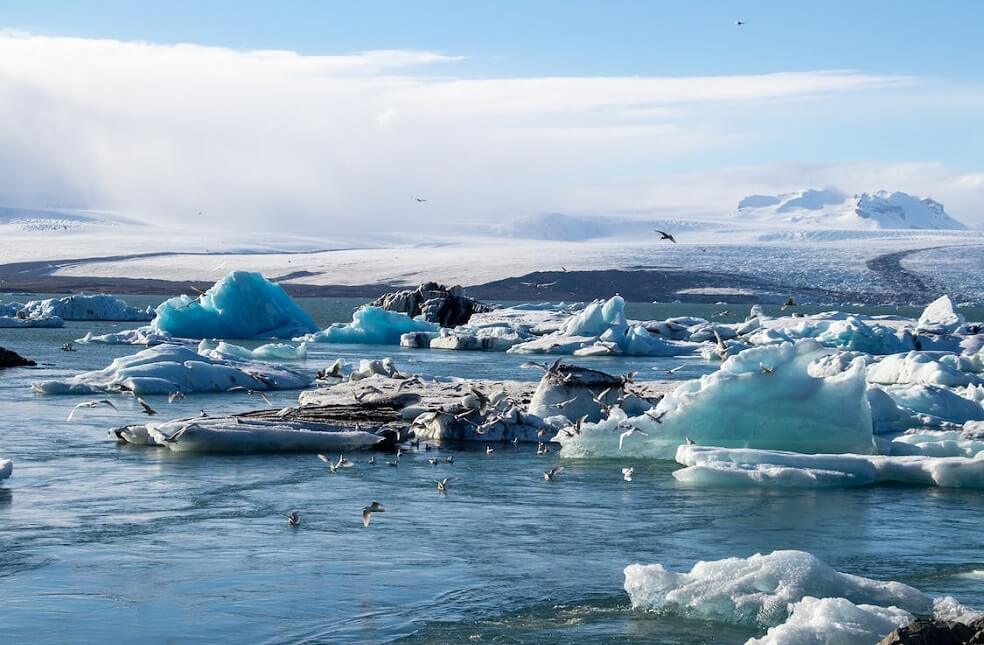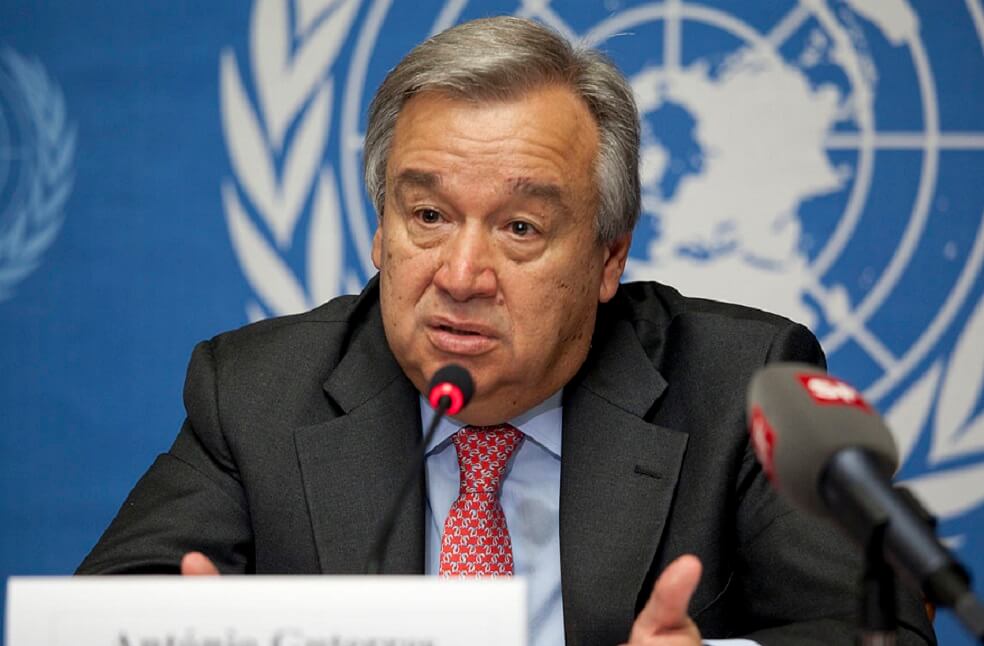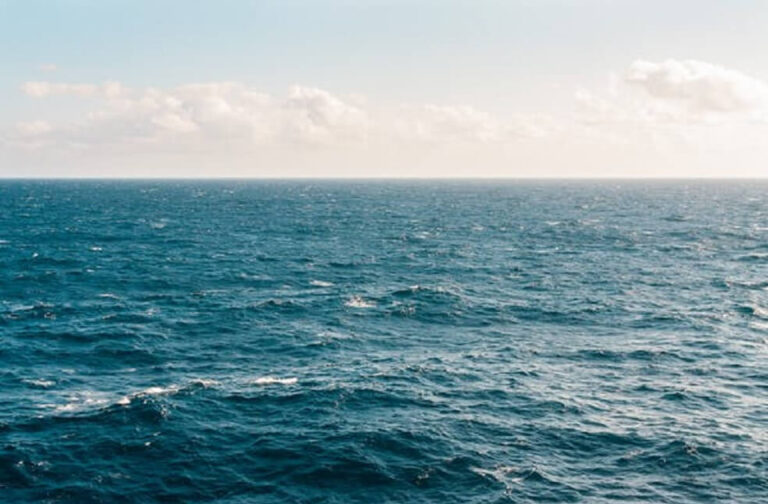United States: The United Nations member states have agreed to a text on the first international treaty to protect the high seas, which cover nearly half the planet.
After years of negotiations, representatives from more than 100 countries completed the UN treaty, a long-awaited step that will help reverse marine biodiversity losses and ensure sustainable development.
“The ship has reached the shore,” conference chair Ms. Rena Lee announced at the UN headquarters in New York.

The legally binding pact to conserve and ensure the sustainable use of ocean biodiversity, under discussion for 15 years, was finally agreed after five rounds of protracted UN-led negotiations.
The historic treaty, which will cover almost two-thirds of the ocean that lies outside national boundaries, will provide a legal framework for establishing vast marine protected areas (MPAs) to protect against the loss of wildlife and share out the genetic resources of the high seas. It will establish a conference of the parties that will meet periodically and enable member states to be held to account on issues such as governance and biodiversity.
In addition, the treaty will require countries to conduct environmental impact assessments of proposed activities on the high seas.
The high seas begin at the borders of countries’ exclusive economic zones, which extend up to 370km (200 nautical miles) from coastlines. Beyond that point, the seas are under the jurisdiction of no country.

The UN Secretary-General Mr. Antonio Guterres observed that the agreement was a “victory for multilateralism and for global efforts to counter the destructive trends facing ocean health, now and for generations to come.”
“Countries must formally adopt the treaty and ratify it as quickly as possible to bring it into force, and then deliver the fully protected ocean sanctuaries our planet needs,” Ms. Laura Meller, a Greenpeace oceans campaigner who attended the talks, commented.



